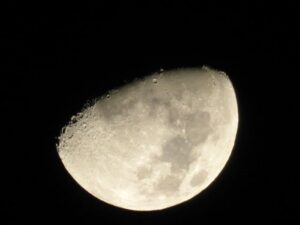By: MARGARET BROWN
Margaret Brown is one of The Resident’s longest standing contributors and has lived in the Algarve for more than 20 years. As well as Point of View, she also writes Country Matters twice a month.
ON AUGUST 17 being the nearest Sunday to the given date, Anglican Churches celebrated the Festival of the Blessed Virgin Mary.
Roman Catholics observe The Feast of the Assumption on August 15 and also on that date the Dormition of The Theotokos (The falling asleep of the Mother of God) is celebrated by the Eastern Orthodox and Eastern Catholic faithful.
There is no record of the death of Mary in the Bible, but as early as the sixth century accounts had circulated about her possible assumption into the heavenly kingdom without first experiencing death. In the Greek Orthodox Church, tradition agrees that she remained with John the Apostle until her death and that Jesus Himself came down and carried her soul into heaven. Her earthly remains were buried near the Garden of Gethsemane, but when the Apostle Thomas visited her tomb, he found it empty. An angel confirmed that the Mother of God had returned to her Son.
In 1950AD Pope Pius X11, invoking for the first time Papal Infallibility as granted by The Vatican in 1870, declared “…….it to be a divinely revealed Dogma: that the Immaculate Mother of God, the ever Virgin Mary, having completed the course of her early life, was assumed body and soul into heavenly glory”.
Servant of God
While the Anglican Church turns to Scripture to determine what must be accepted as a matter of faith, there are various beliefs with regard to the Assumption, the phrase “…having completed the course of her early life…..” used by Pius X11 leaves the way of her ending open. What really matters is that she is the mother of Jesus, in every way an obedient and immaculate servant of God. Being on one level an ordinary human being, her assumed entry into heaven suggests a future that is open to every human. Meanwhile, the battle between good and evil continues unabated.
























